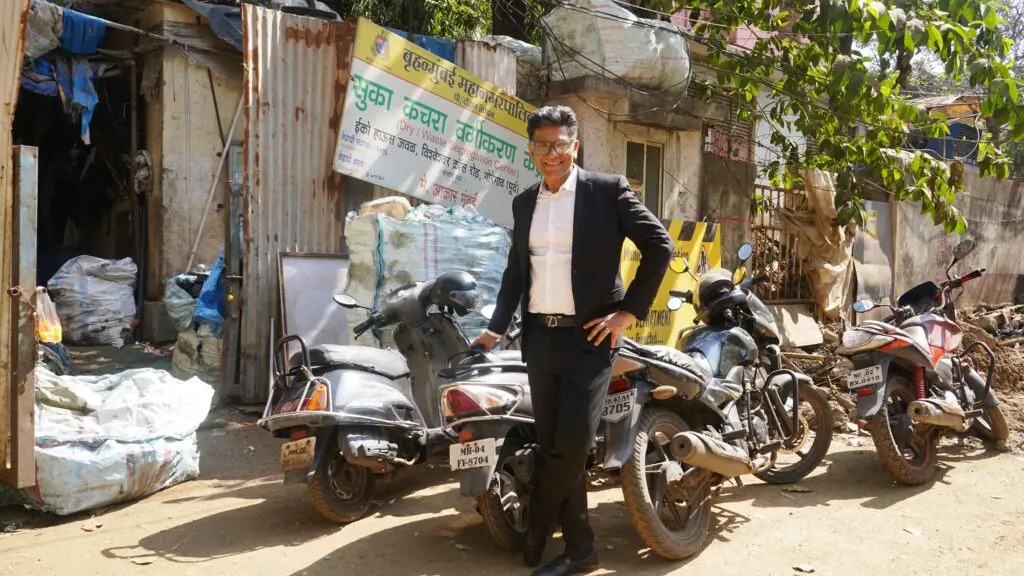From his home and work base in Mumbai, non-ferrous scrap trader Dhawal Shah of Metco Ventures shares his thoughts on how India is becoming the world’s new recycling frontier.
Held in January, the Bharat Mobility Global Expo is India’s biggest automotive show. The event hosted some 1 500 exhibitors, including the likes of BMW, Mercedes and BYD, and they all showcased best products and technologies.
Being part of the metal recycling industry for nearly three decades, I was overwhelmed with emotions as a video from the Material Recycling Association of India (MRAI) played out shortly before India’s Prime Minister Narendra Modi spoke at the opening session of this mammoth show. The video highlighted the contribution of the recycling industry in India’s socio-economic transformation and how it is front running India’s campaign in circularity, sustainability and empowerment.
MOMENT OF PRIDE
MRAI was a partner in India’s vehicle scrappage policy, implemented in 2022, which aims to scrap end-of-life vehicles and replace them with modern vehicles. Since then, three big auto companies have installed shredders, opening a new chapter in circularity in the automotive sector. It is truly a moment of pride and recognition for the entire recycling industry.
One word describes the show itself: ‘electric’. The theme of going green was central to every display and that tells you everything of the future of Indian mobility. Of the 4.3 million passenger vehicles sold in 2024, the penetration of EV cars was 2.4%. The figure is 6% for the nation’s new two-wheelers is 18 million. But what is really charging the auto makers is an expected 35% CAGR acceleration until 2032.
BATTERY TECH RENAISSANCE
Realising the need for an efficient ecosystem, the government is actively supporting the domestic manufacturing of EV components through its Production Linked Incentives scheme, which aims to foster a circular economy for battery recycling. This should provide a stable supply of essential raw materials and tax benefits to enhance the profitability of lithium-ion batteries, the most expensive component of EVs. Battery technology is experiencing a renaissance. Innovations like solid-state batteries promise to extend the range and safety of EVs, while significantly reducing charging times.
GOLDEN OPPORTUNITY
Electric mobility is more than just a shift in transportation choice by Indians. It represents a transformative change in how we are thinking about mobility and therefore sustainability. Whilst the transition to EVs is an environmental imperative, it is also a golden economic opportunity. But there are still gaps in the charging infrastructure and the source of electricity required. However, auto companies and the government are working overtime to bridge these as quickly as possible.
At this point, I would like you to consider two smart new EV models from Mahindra & Mahindra, a leading domestic vehicle manufacturer. The Mahindra BE 6e and XEV 9e models are now in commercial production and the first deliveries are imminent. The young, restless and aspirational India is dying to lay its hands on such cars.
To sum up, the road ahead in India is truly electric and it’s time to accelerate our journey toward a cleaner, greener tomorrow. So let’s zip… zap… vrooooom!
Dhawal Shah
Don't hesitate to contact us to share your input and ideas. Subscribe to the magazine or (free) newsletter.



